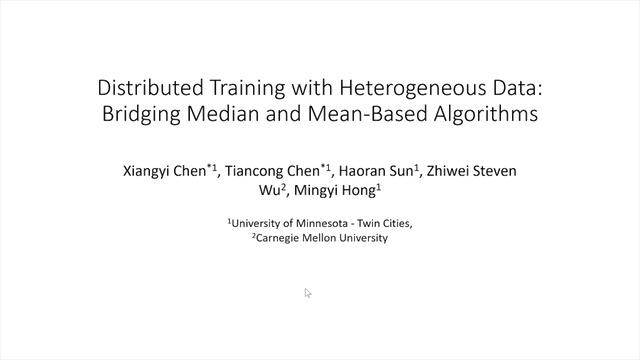Abstract:
Sparse adversarial attacks can fool deep neural networks (DNNs) by only perturbing a few pixels (regularized by $\ell_0$ norm). Recent efforts combine it with another $\ell_\infty$ imperceptible on the perturbation magnitudes. The resultant sparse and imperceptible attacks are practically relevant, and indicate an even higher vulnerability of DNNs that we usually imagined. However, such attacks are more challenging to generate due to the optimization difficulty by coupling the $\ell_0$ regularizer and box constraints with a non-convex objective. In this paper, we address this challenge by proposing a homotopy algorithm, to jointly tackle the sparsity and the perturbation bound in one unified framework. Each iteration, the main step of our algorithm is to optimize an $\ell_0$-regularized adversarial loss, by leveraging the nonmonotone Accelerated Proximal Gradient Method (nmAPG) for nonconvex programming; it is followed by an $\ell_0$ change control step, and an optional post-attack step designed to escape bad local minima. We also extend the algorithm to handling the structural sparsity regularizer. We extensively examine the effectiveness of our proposed \textbf{homotopy attack} for both targeted and non-targeted attack scenarios, on CIFAR-10 and ImageNet datasets. Compared to state-of-the-art methods, our homotopy attack leads to significantly fewer perturbations, e.g., reducing 42.91\% on CIFAR-10 and 75.03\% on ImageNet (average case, targeted attack), at similar maximal perturbation magnitudes, when still achieving 100\% attack success rates. Our codes are available at: {\small\url{https://github.com/VITA-Group/SparseADV_Homotopy}}.









































